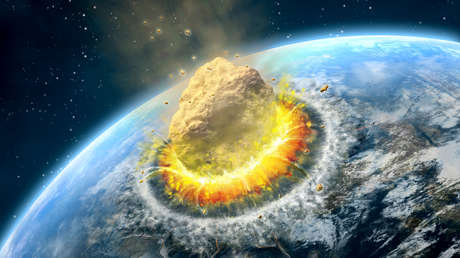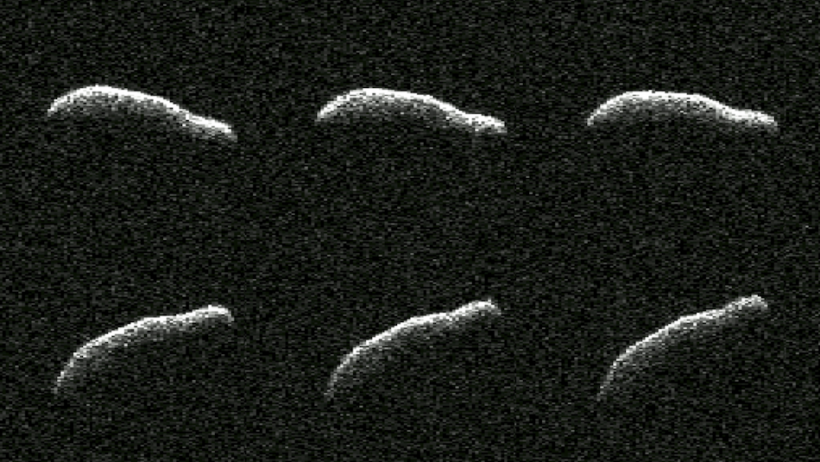The object passed close to Earth and its surface appears pitch black.
NASA’s Goldstone radar used to investigate objects in the solar system, captured in detail one of the most elongated asteroids ever photographed, the US space agency said on Friday.
The asteroid known as 2011 AG5, nearly 500 metres long and about 150 metres wide, passed close to Earth on 3 February – in astronomical terms – at a distance of about 1.8 million kilometres, nearly five times the distance between our planet and the moon.
2.5 hour timelapse of #asteroid (367789) 2011 AG5 as it passed through Sextans last night. The 140 meter body peaks at magnitude 14.3 as it approaches 4.7 lunar distances from Earth on Feb 3rd. Sky motion of about 29’/hr. Taken from my back garden in London, UK. pic.twitter.com/NvjabBr84J
— Thomas Wocial (@t_wocial) February 2, 2023
Scientists at NASA’s Jet Propulsion Laboratory closely followed the “extremely elongated” object, discovering previously unknown details such as its dimensions and shape. “Of the 1,040 near-Earth objects observed by planetary radar to date, this is one of the most elongated we’ve seen,” said Lance Benner, lead scientist at the lab.

Asteroid impact examined for first time in slow motion
Coal-black surface
The Goldstone radar observations were carried out between 29 January and 4 February, revealing that the asteroid has a large, wide concavity on one of its two hemispheres, as well as a surface that would appear coal-black to the human eye.
The observations also confirmed that 2011 AG5 has a slow rotation speed on its own axis, taking nine hours to complete. On the other hand, the asteroid orbits the Sun in 621 days and its next close approach to Earth will occur in 2040, when it is expected to pass at a safe distance of about 1.1 million km.






